Home>Storage & Organization>Kitchen Organizing Tools>Why Is My Cat Peeing Everywhere But The Litter Box
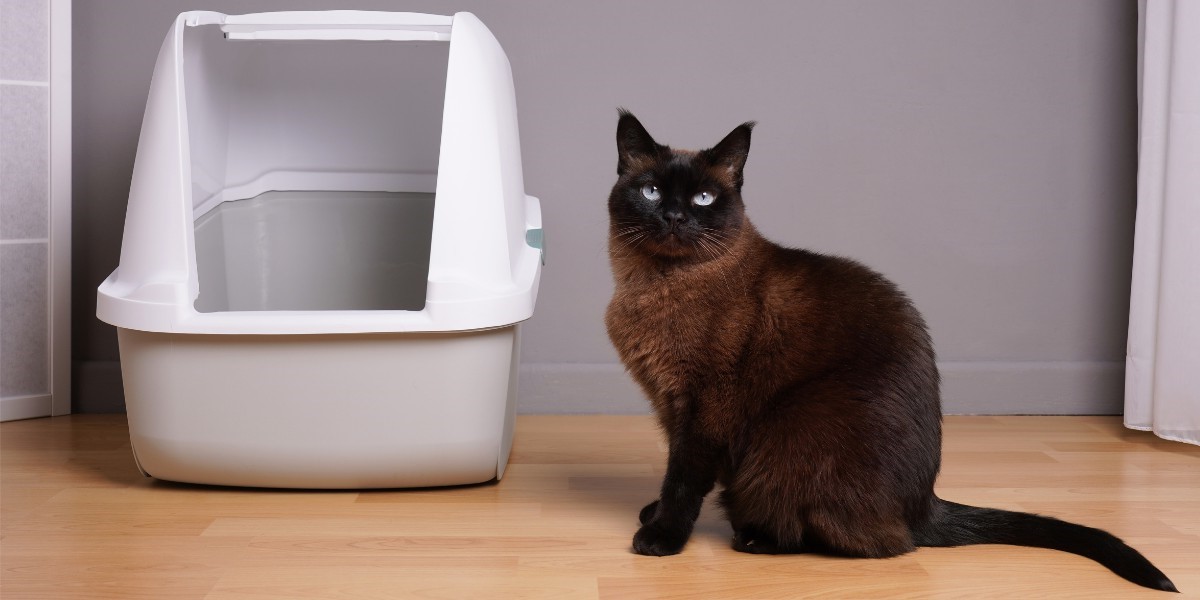

Kitchen Organizing Tools
Why Is My Cat Peeing Everywhere But The Litter Box
Modified: March 25, 2024
Discover the best kitchen organizing tools to keep your space clutter-free and efficient. Find solutions for every corner of your kitchen.
(Many of the links in this article redirect to a specific reviewed product. Your purchase of these products through affiliate links helps to generate commission for Storables.com, at no extra cost. Learn more)
Common Reasons for Inappropriate Urination
Inappropriate urination is a common issue that many cat owners encounter, and it can be quite perplexing. Understanding the potential reasons behind this behavior is crucial in addressing the problem effectively. Here are some common reasons for inappropriate urination in cats:
-
Medical Conditions: Cats may urinate outside the litter box due to underlying medical issues such as urinary tract infections, bladder stones, diabetes, or kidney disease. These conditions can cause discomfort and increase the frequency of urination, leading the cat to seek alternative places to relieve itself.
-
Stress and Anxiety: Cats are sensitive creatures, and changes in their environment or routine can trigger stress and anxiety. This can manifest in inappropriate urination as a way for the cat to express its distress. Common stressors include moving to a new home, the introduction of a new pet or family member, or loud noises.
-
Litter Box Issues: The litter box itself may be the source of the problem. Cats are particular about their toileting habits, and they may avoid the litter box if it is not kept clean, if the litter type is not to their liking, or if the box is located in a high-traffic or noisy area.
-
Territorial Marking: Unneutered male cats, as well as some female cats, may engage in territorial marking behavior by urinating in specific areas to establish their territory. This behavior is often triggered by the presence of other cats or changes in the household dynamics.
-
Old Age and Cognitive Decline: Senior cats may experience cognitive decline, leading to confusion and disorientation. This can result in them forgetting their litter box training and urinating in inappropriate places.
Understanding these common reasons for inappropriate urination is the first step in addressing the issue. By identifying the underlying cause, cat owners can take appropriate measures to help their feline companions and restore harmony in the home.
Key Takeaways:
- Cats may pee outside the litter box due to medical issues, stress, litter box problems, marking behavior, or old age. Understanding these reasons helps owners address the problem effectively.
- To resolve cat peeing issues, consult a vet, address medical concerns, modify behavior, optimize the litter box, enrich the environment, neutralize odors, and be patient and consistent. This helps create a harmonious environment for cats.
Medical Issues to Consider
When a cat exhibits inappropriate urination behavior, it's essential to consider potential medical issues that could be contributing to this behavior. Cats are masters at masking signs of illness, making it crucial for pet owners to be vigilant and proactive in addressing potential medical concerns. Here are some medical issues to consider when a cat is urinating outside the litter box:
-
Urinary Tract Infections (UTIs): UTIs are a common medical issue in cats and can lead to discomfort and increased urgency to urinate. Cats suffering from a UTI may associate the litter box with pain and discomfort, leading them to seek alternative places to urinate.
-
Bladder Stones: The presence of bladder stones can cause irritation and inflammation in the bladder, leading to inappropriate urination. Additionally, the presence of stones can obstruct the flow of urine, causing discomfort and prompting the cat to urinate in unusual locations.
-
Diabetes: Cats can develop diabetes, which can lead to increased thirst and urination. If a cat's diabetes is not well-managed, they may struggle to make it to the litter box in time, resulting in accidents outside the box.
-
Kidney Disease: Chronic kidney disease is common in older cats and can lead to increased urination. Cats with kidney disease may struggle to control their bladder, leading to accidents in the home.
-
Painful Conditions: Cats experiencing pain, whether from arthritis, injuries, or other sources, may associate the litter box with discomfort. As a result, they may avoid using the litter box and opt for more comfortable locations to urinate.
When a cat exhibits inappropriate urination, it's crucial to consult a veterinarian to rule out any underlying medical issues. A thorough physical examination, along with urine and blood tests, can help identify any medical conditions that may be contributing to the behavior. Once medical issues are addressed, it becomes easier to focus on behavioral and environmental factors that may also be influencing the cat's urination habits.
Understanding the potential medical issues that could contribute to inappropriate urination is vital for ensuring the overall well-being of the cat. By addressing these medical concerns, pet owners can take proactive steps to help their feline companions lead healthy and comfortable lives.
Behavioral Causes to Explore
Understanding the behavioral aspects of a cat's urination habits is essential in addressing inappropriate elimination. Cats are complex creatures with unique personalities, and their behavior can be influenced by various factors. When exploring behavioral causes for inappropriate urination, it's important to delve into the following aspects:
Stress and Anxiety
Stress and anxiety can significantly impact a cat's toileting behavior. Cats are creatures of habit, and any disruptions to their routine or environment can trigger stress. Moving to a new home, the addition of a new pet or family member, or loud noises can all contribute to a cat's anxiety. In response, the cat may seek alternative locations to urinate as a way of expressing its distress.
Territorial Marking
Unneutered male cats, as well as some female cats, may engage in territorial marking behavior. This instinctual behavior involves urinating in specific areas to establish territory. Changes in the household dynamics, the presence of other cats, or even outdoor feline visitors can trigger this marking behavior. Understanding the underlying reasons for territorial marking is crucial in addressing inappropriate urination related to this behavior.
Litter Box Aversion
Some cats may develop an aversion to their litter box for various reasons. The litter box may not be kept clean to the cat's standards, the type of litter used may be unappealing to the cat, or the location of the litter box may be unsuitable. Cats are particular about their toileting environment, and any perceived inadequacies in the litter box setup can lead to avoidance behavior.
Aging and Cognitive Decline
As cats age, they may experience cognitive decline, leading to confusion and disorientation. Senior cats may forget their litter box training or struggle to remember the location of the litter box. Cognitive changes can significantly impact a cat's toileting habits, leading to inappropriate urination.
Social Stress
Social stress within a multi-cat household can also contribute to inappropriate urination. Cats are solitary hunters by nature, and living in close quarters with other felines can lead to social tension. Competition for resources, including access to litter boxes, can result in stress-related urination issues.
Exploring these behavioral causes provides valuable insights into the underlying reasons for a cat's inappropriate urination. By understanding the behavioral dynamics at play, pet owners can take targeted steps to address these issues and create a more conducive environment for their feline companions.
Environmental Factors to Address
Environmental factors play a significant role in influencing a cat's toileting behavior. Cats are highly sensitive to their surroundings, and the environmental setup can greatly impact their comfort and sense of security. When addressing inappropriate urination in cats, it's crucial to consider and address the following environmental factors:
Read more: Why Do My Cats Pee Outside The Litter Box
Litter Box Accessibility and Placement
The accessibility and placement of the litter box are critical factors in encouraging proper toileting behavior in cats. The litter box should be easily accessible to the cat at all times, especially in multi-level homes. Additionally, the location of the litter box should be quiet, private, and away from high-traffic areas. Cats prefer a sense of seclusion when using the litter box, and a peaceful location can promote regular use.
Litter Box Cleanliness and Type of Litter
Maintaining a clean litter box is essential for encouraging consistent litter box usage. Cats are fastidious animals and may avoid a soiled litter box. Regular scooping and complete litter changes at appropriate intervals are necessary to ensure a hygienic toileting environment. Moreover, the type of litter used can significantly impact a cat's preference. Some cats may have aversions to certain textures or scents, so experimenting with different litter types can help identify the cat's preferences.
Environmental Enrichment and Stress Reduction
Enriching the cat's environment with stimulating activities and resources can alleviate stress and promote positive behavior. Providing scratching posts, interactive toys, and vertical spaces for climbing can help reduce anxiety and boredom. Additionally, creating a predictable routine and offering comforting hiding spots can contribute to a sense of security for the cat, reducing the likelihood of stress-related urination issues.
Multi-Cat Household Dynamics
In multi-cat households, the dynamics between feline companions can significantly impact toileting behavior. Cats may experience social stress due to competition for resources, including access to litter boxes. Ensuring an adequate number of litter boxes, ideally one per cat plus an extra, can minimize territorial conflicts and promote individual toileting spaces. Additionally, creating separate feeding and resting areas for each cat can reduce social tension and contribute to a harmonious environment.
Read more: Why Does My Cat Pee Next To The Litter Box?
Odor Neutralization and Cleanup
In cases of inappropriate urination, thorough cleanup is essential to prevent repeat incidents. Cats have a keen sense of smell, and residual urine odors can attract them to previously soiled areas. Using enzymatic cleaners designed to neutralize urine odors can effectively eliminate scent markings, reducing the likelihood of repeat urination in the same locations.
Addressing these environmental factors can significantly contribute to creating a conducive and stress-free toileting environment for cats. By optimizing the litter box setup, reducing stressors, and enhancing the overall living space, pet owners can promote positive toileting habits and improve the well-being of their feline companions.
Steps to Take to Resolve the Issue
Resolving inappropriate urination in cats requires a systematic approach that addresses medical, behavioral, and environmental factors. By taking proactive steps and implementing targeted strategies, pet owners can effectively address the issue and promote positive toileting habits in their feline companions.
-
Consult a Veterinarian: The first and most crucial step is to seek professional veterinary guidance. A thorough physical examination, along with urine and blood tests, can help identify any underlying medical conditions contributing to the inappropriate urination. Addressing medical issues is paramount in ensuring the overall health and well-being of the cat.
-
Address Medical Concerns: Upon diagnosis of any medical issues such as urinary tract infections, diabetes, or kidney disease, follow the veterinarian's treatment recommendations diligently. This may involve medication, dietary changes, or other interventions to alleviate discomfort and manage the underlying conditions.
-
Behavioral Modification: Understanding the behavioral dynamics at play is essential in addressing inappropriate urination. Implementing behavioral modification techniques, such as environmental enrichment, predictable routines, and stress reduction strategies, can help alleviate anxiety and promote positive toileting behavior.
-
Litter Box Optimization: Evaluate the litter box setup to ensure it meets the cat's preferences. This includes maintaining cleanliness, experimenting with different litter types, and ensuring easy accessibility and privacy. Additionally, in multi-cat households, providing an adequate number of litter boxes can minimize territorial conflicts.
-
Environmental Enrichment: Enriching the cat's environment with stimulating activities, vertical spaces, and comforting hiding spots can reduce stress and anxiety. Creating a predictable routine and minimizing disruptive changes in the environment can contribute to a sense of security for the cat.
-
Odor Neutralization: Thoroughly clean and neutralize any previously soiled areas to eliminate residual urine odors. Using enzymatic cleaners designed to neutralize urine odors can deter the cat from revisiting and urinating in the same locations.
-
Consistency and Patience: Implementing changes and addressing inappropriate urination requires patience and consistency. It may take time for the cat to adjust to new litter box arrangements and environmental modifications. Consistently reinforcing positive toileting behavior and providing reassurance can facilitate the resolution process.
By following these steps and remaining attentive to the cat's needs, pet owners can effectively address inappropriate urination and create a harmonious and comfortable environment for their feline companions. Each cat is unique, and a tailored approach that considers individual preferences and behaviors is key to resolving the issue and promoting long-term positive toileting habits.
Frequently Asked Questions about Why Is My Cat Peeing Everywhere But The Litter Box
Was this page helpful?
At Storables.com, we guarantee accurate and reliable information. Our content, validated by Expert Board Contributors, is crafted following stringent Editorial Policies. We're committed to providing you with well-researched, expert-backed insights for all your informational needs.
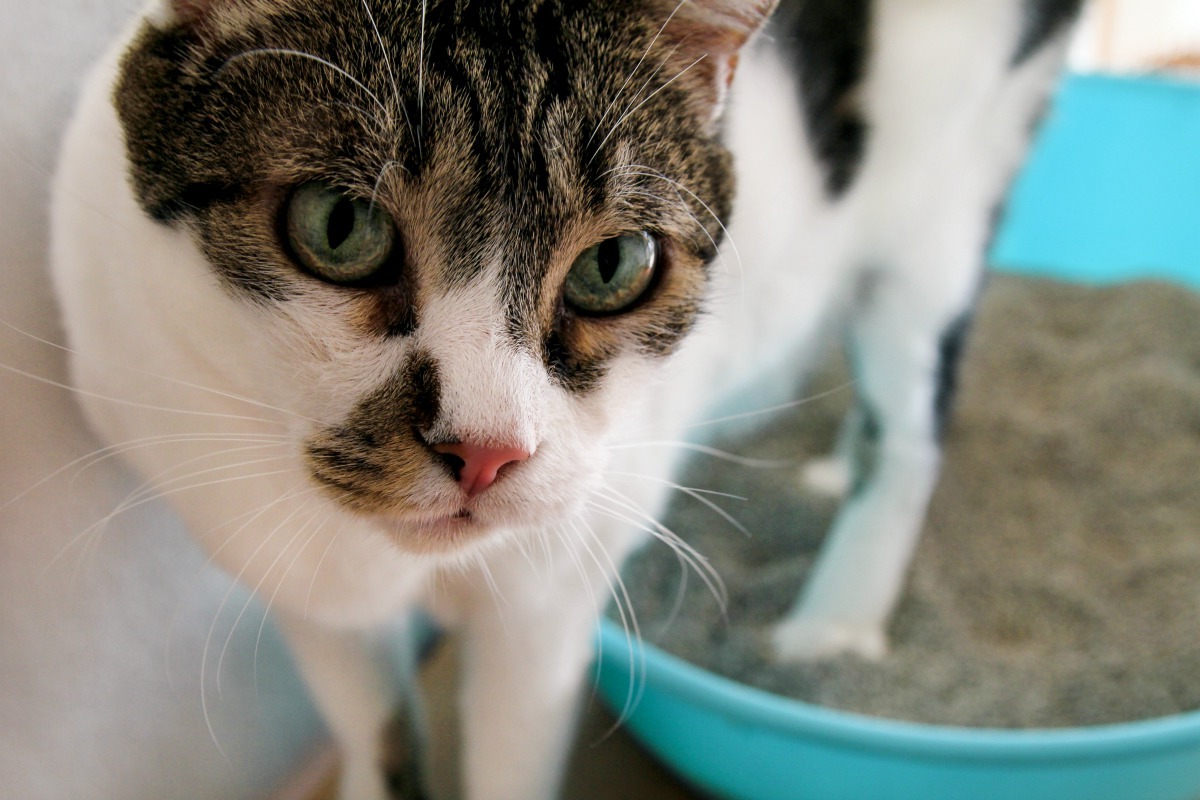
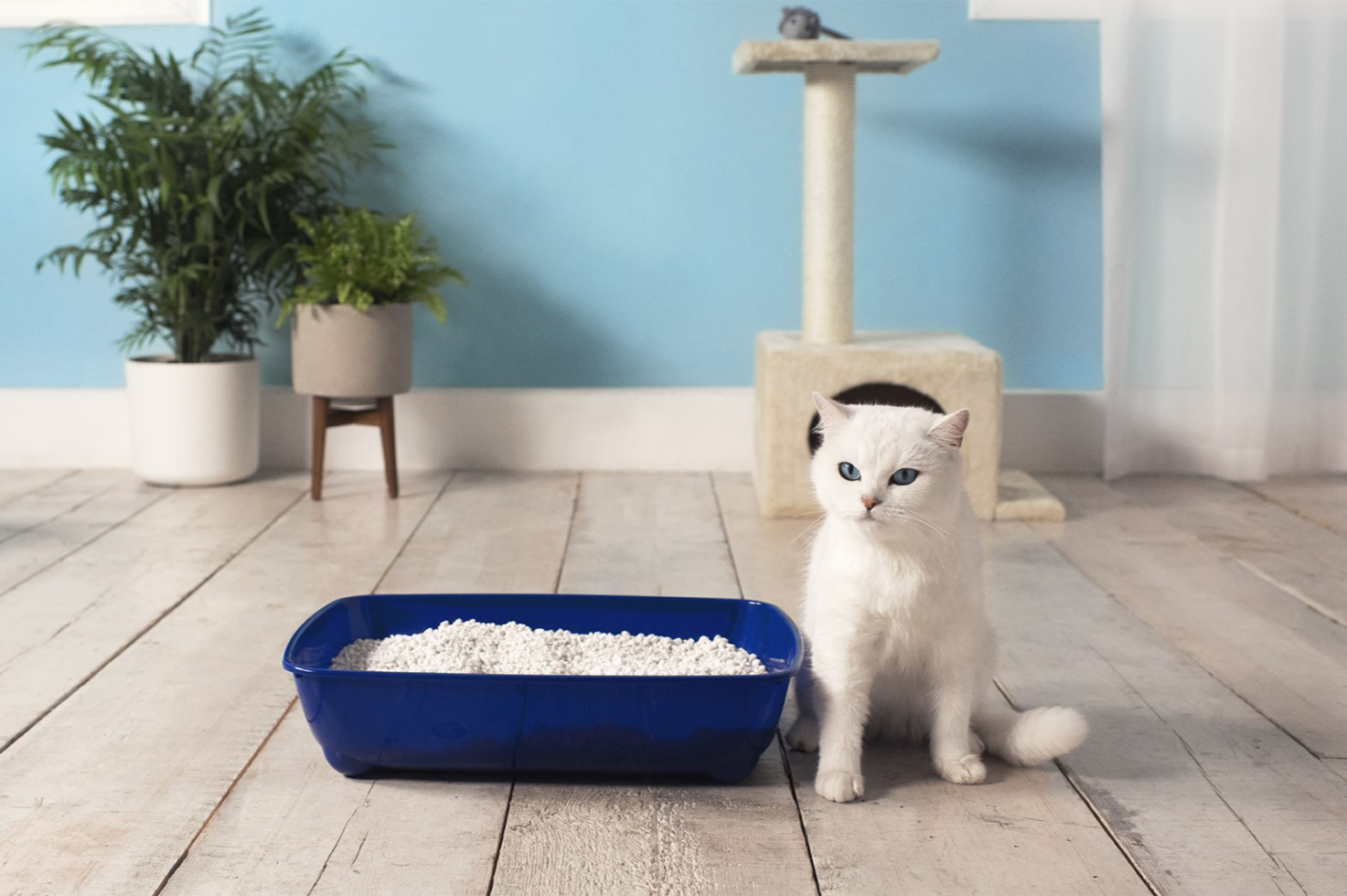
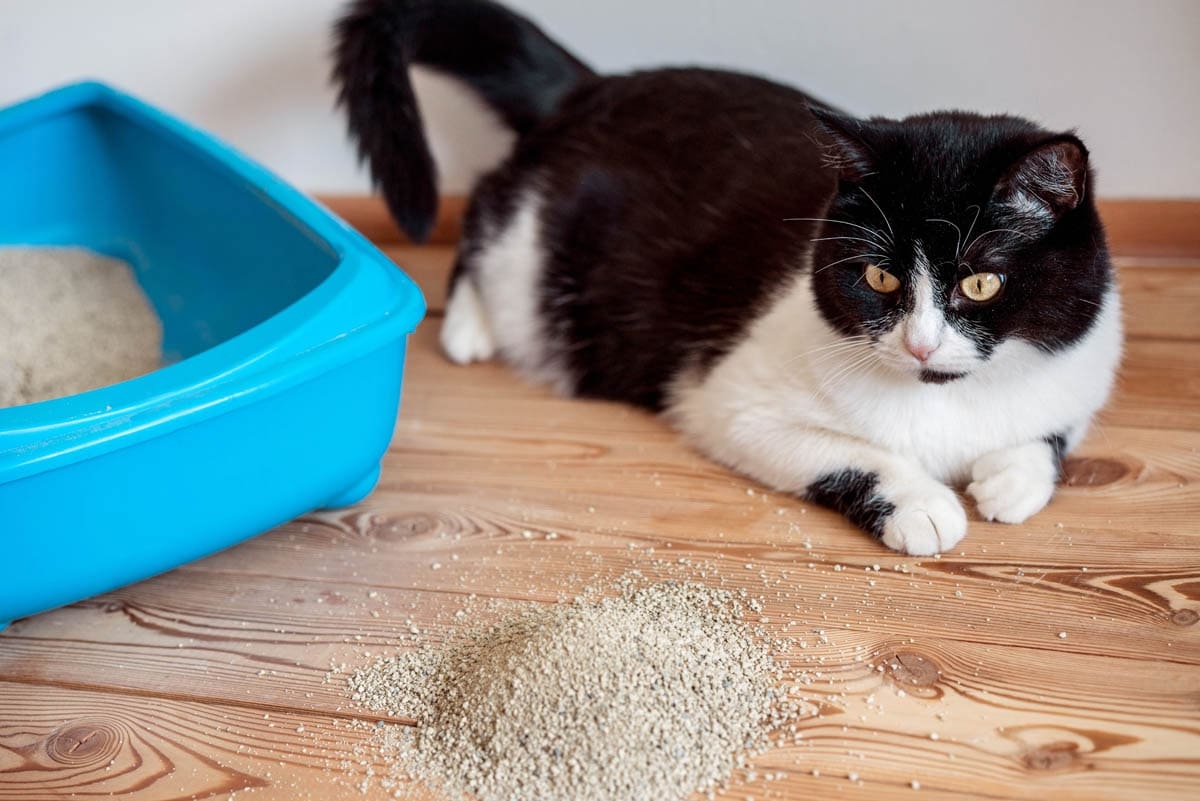
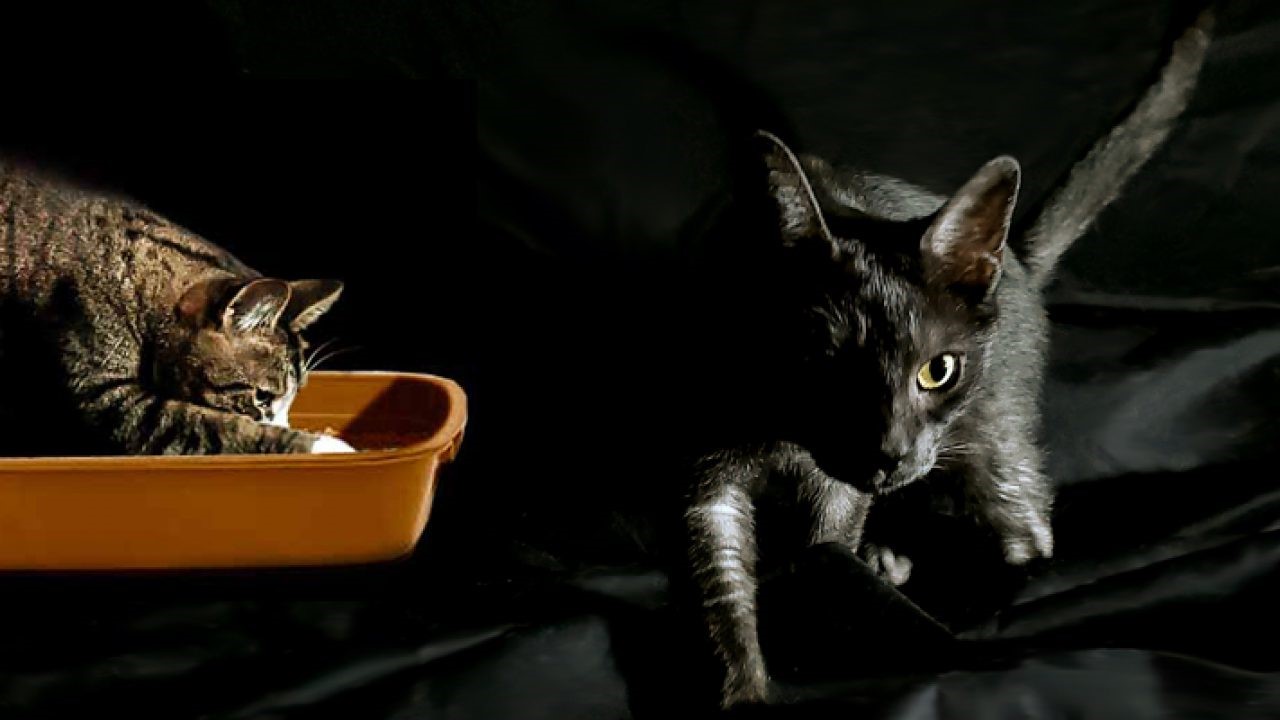
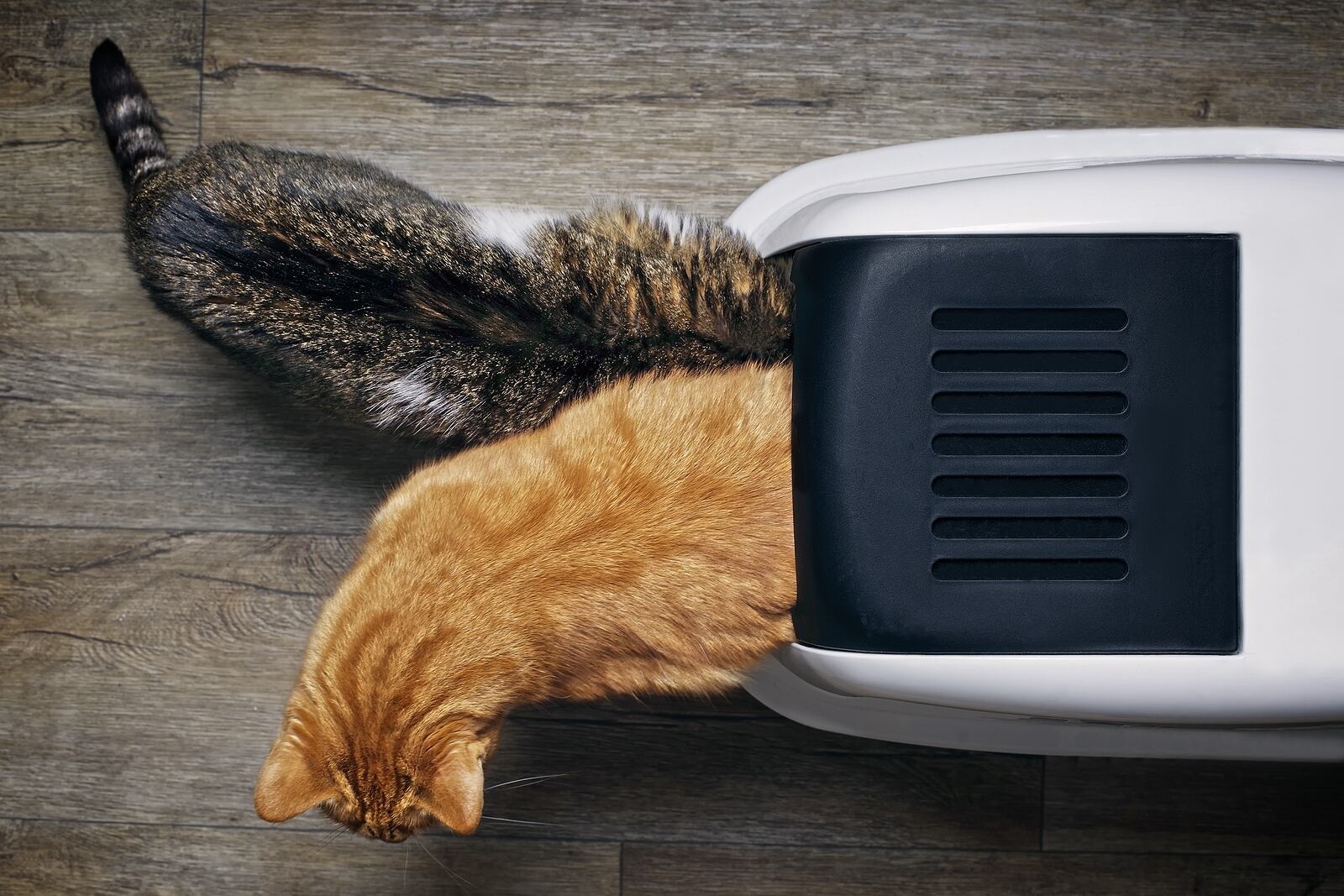
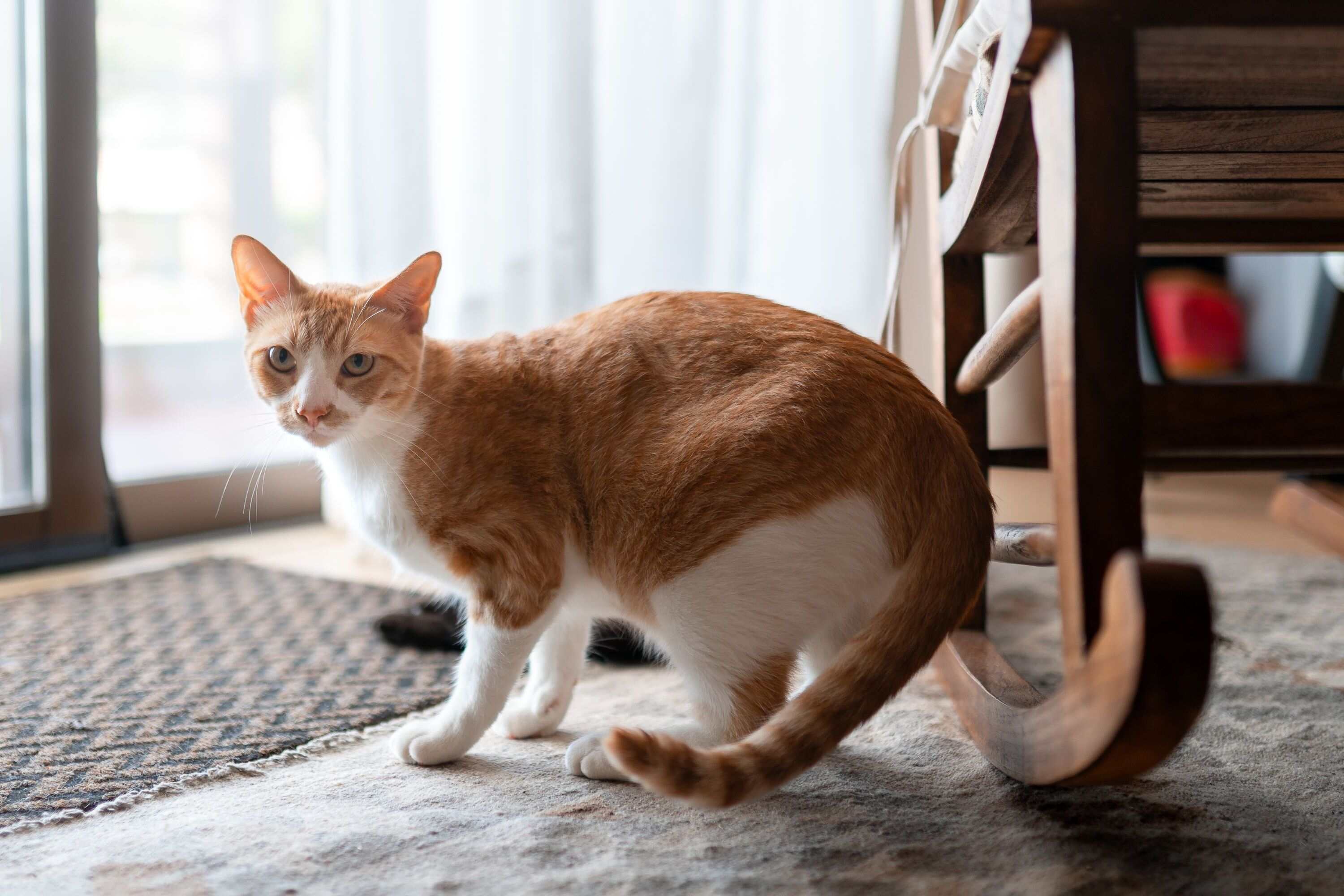
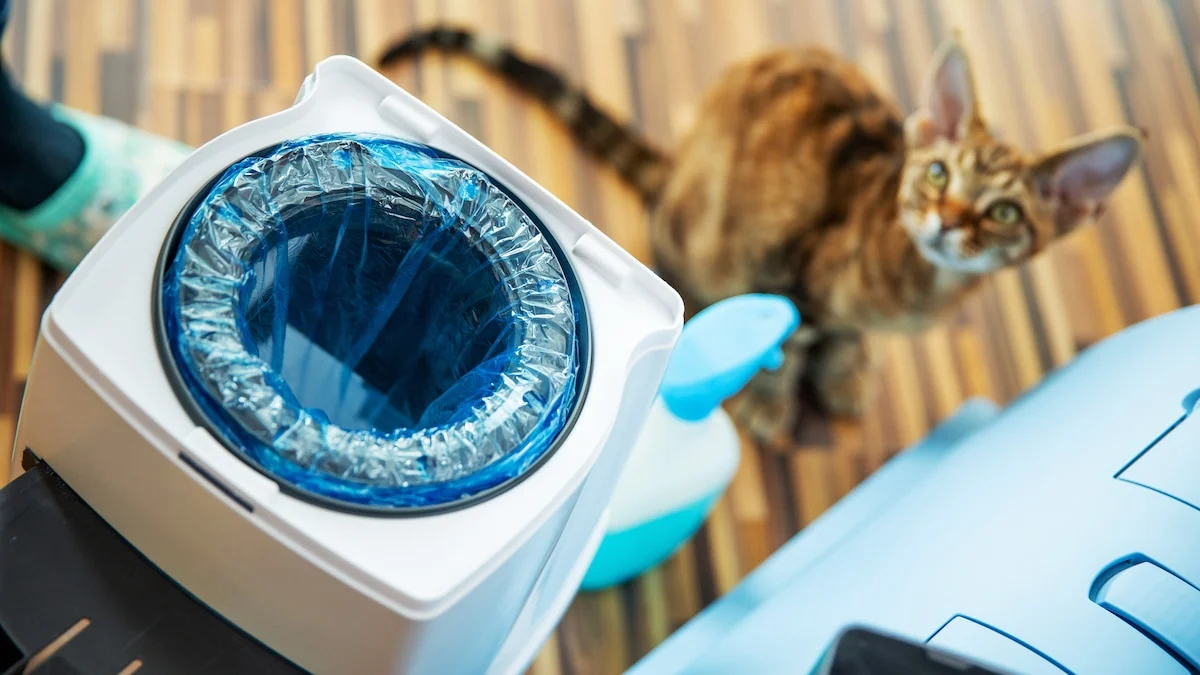
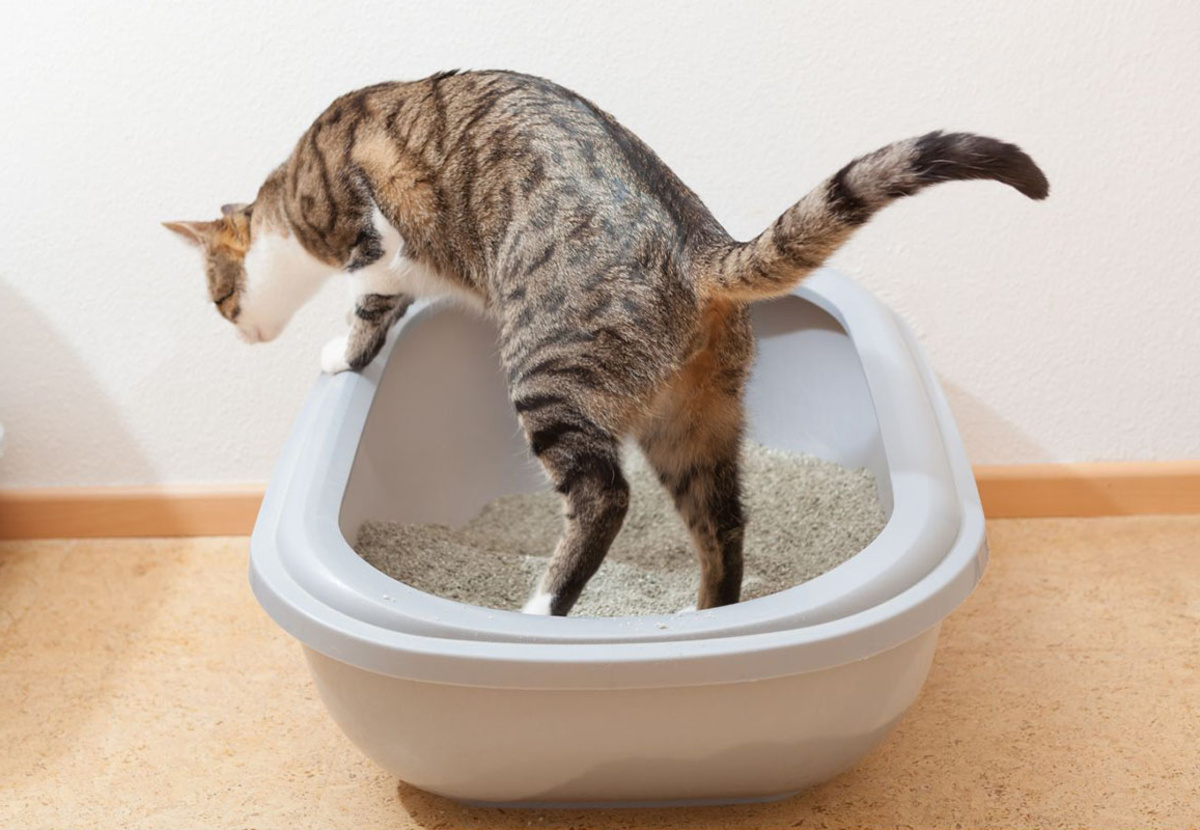
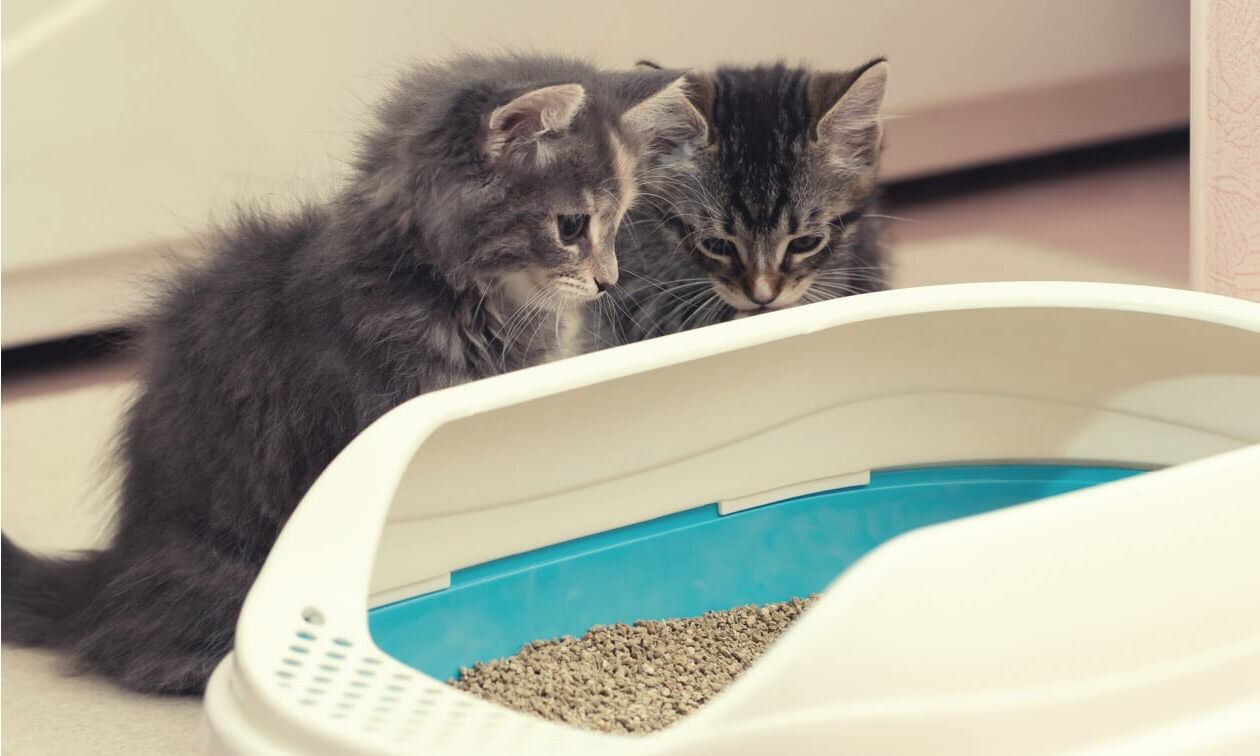
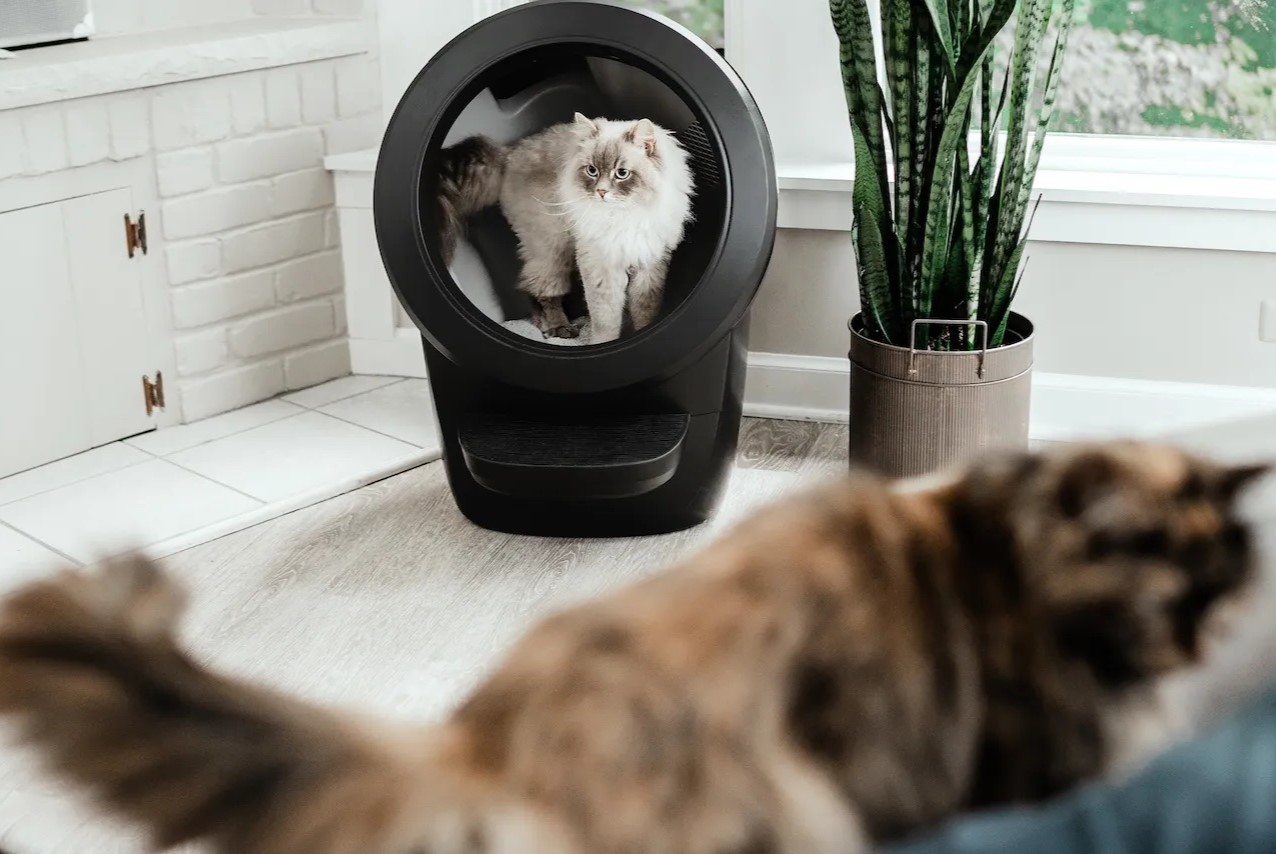
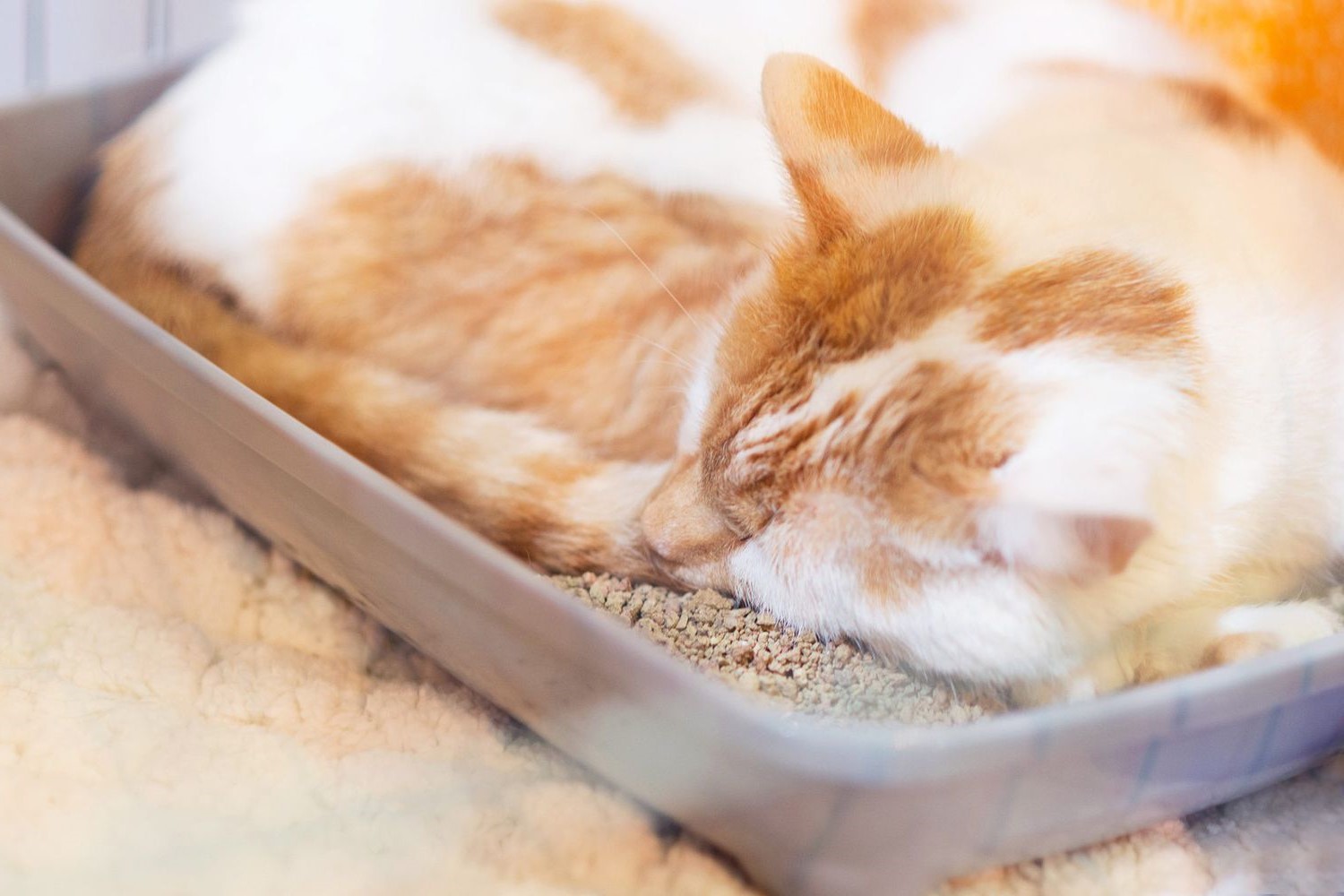
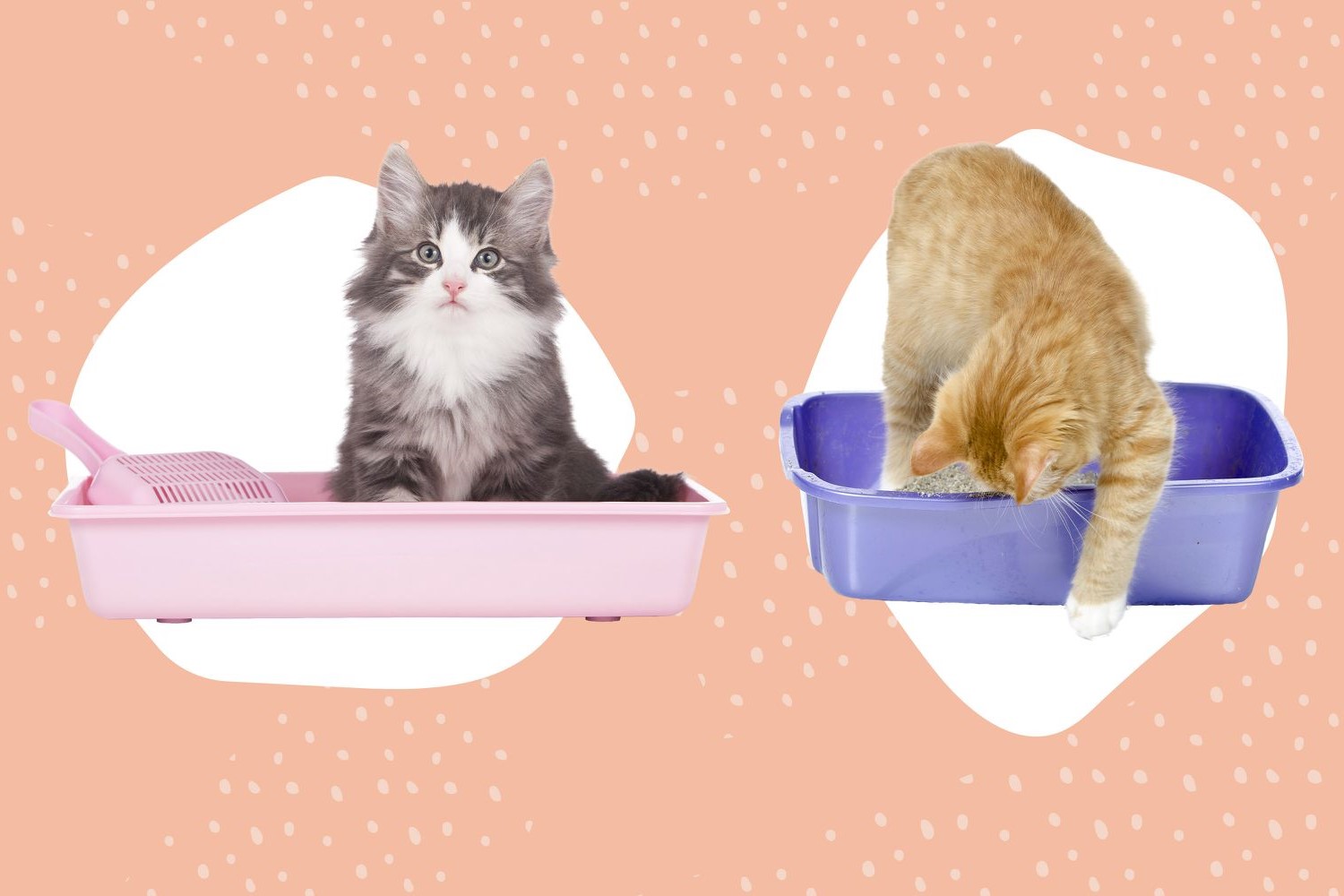

0 thoughts on “Why Is My Cat Peeing Everywhere But The Litter Box”